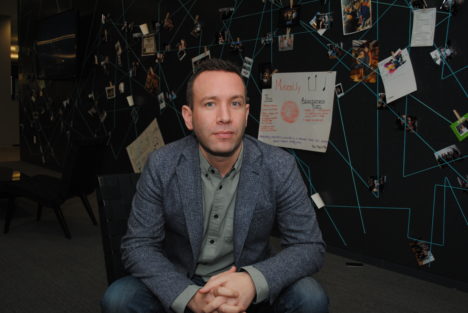A shift in focus: Mat Baxter on life in media on the global stage
Australian Mat Baxter was recently appointed global CEO of the media agency network, Initiative. In an interview with Mumbrella in New York, shortly before his promotion, one of Australia’s most iconoclastic figures talks about the role of global media networks, the evolution of media buying and why dynamic creative is the new media battleground.
Within the Australian media landscape Mat Baxter remains one of our most polarising figures.
Love him or hate him there are few people Down Under who don’t have a viewpoint on Baxter, but as we sit down in his Manhattan office the then chief creative/strategy officer of IPG Mediabrands is keen to emphasise that he has learned a few lessons in the year or so since he left Sydney.
Learning a new skill set



One final Mat Baxter plug from Nic….
Nice to see the Australian boys having some material influence on the way things are and can be done in the US.
Give my regards to P.J. Clarke’s.
Alan Robertson
really neat piece and puts some perspective as to the difference between global and local accounts. Glad to hear about the evolution of Matt